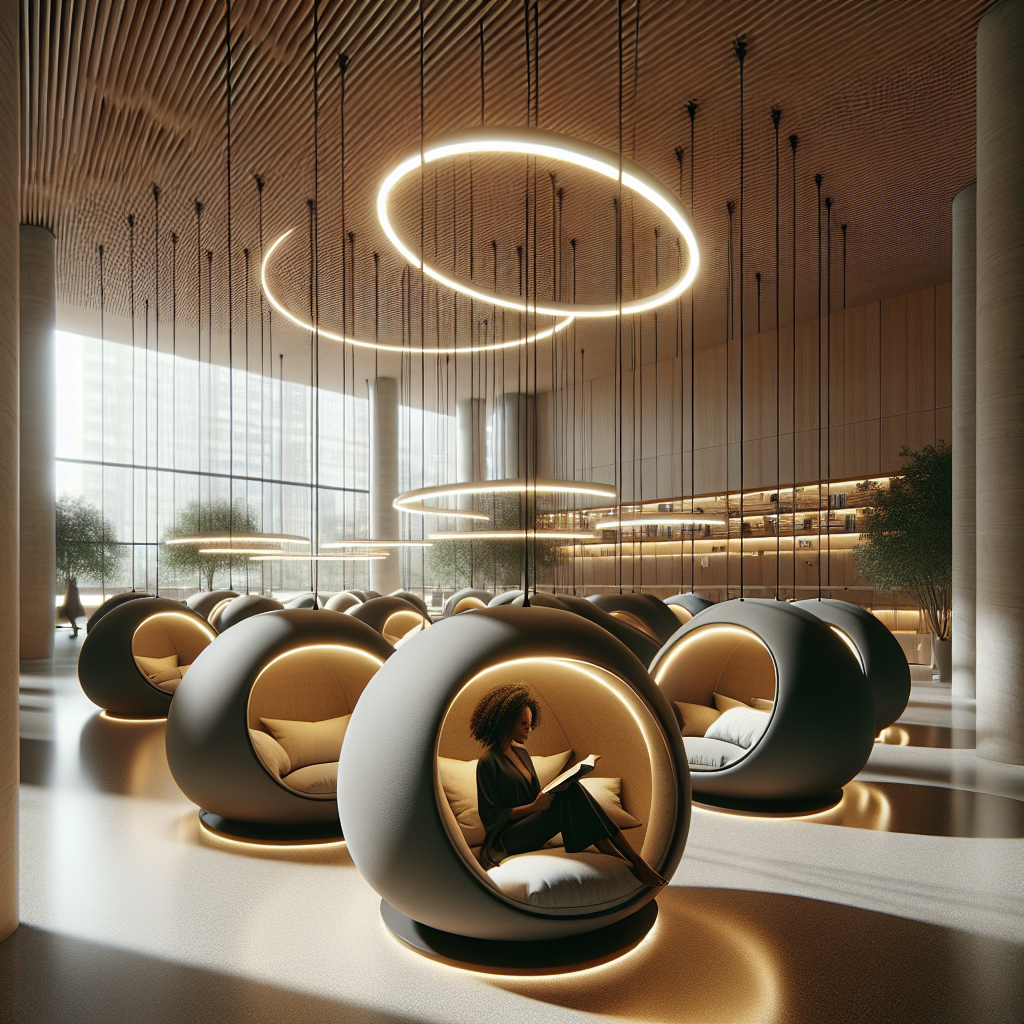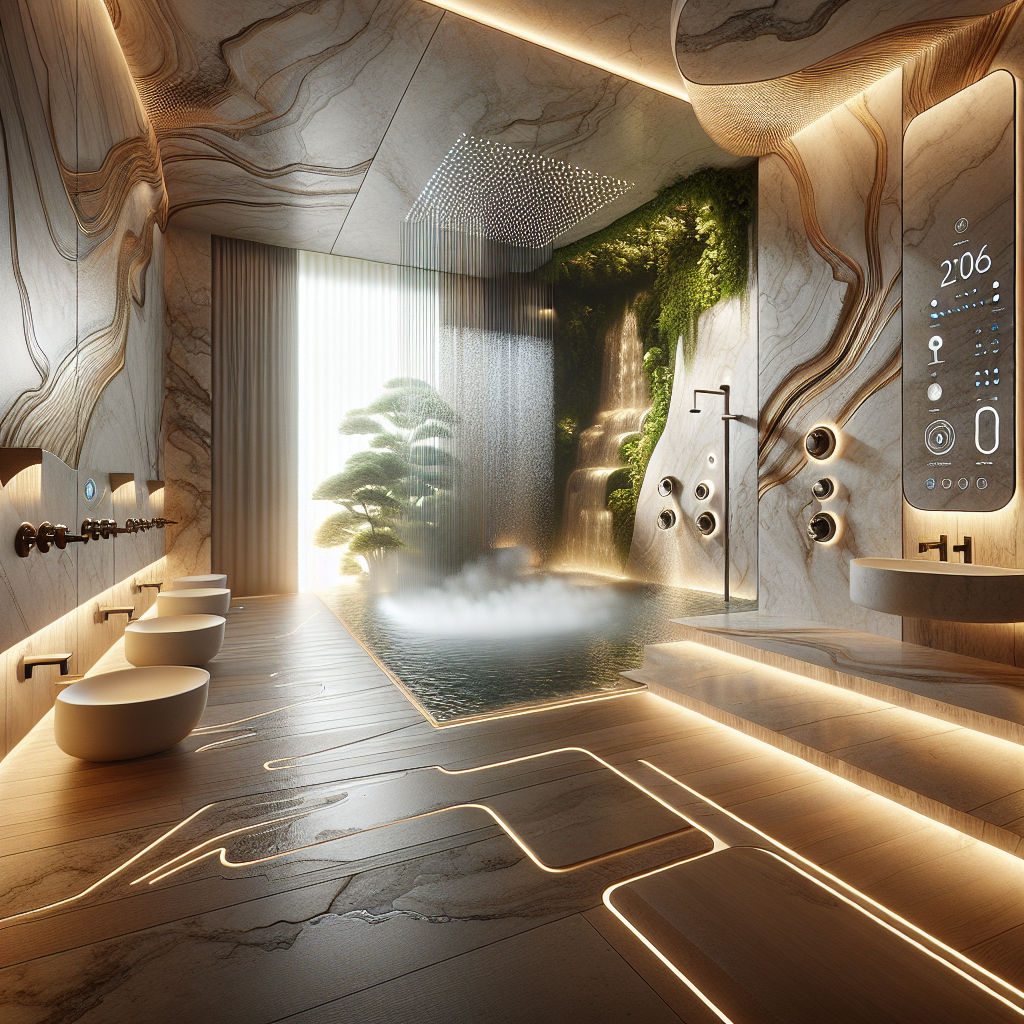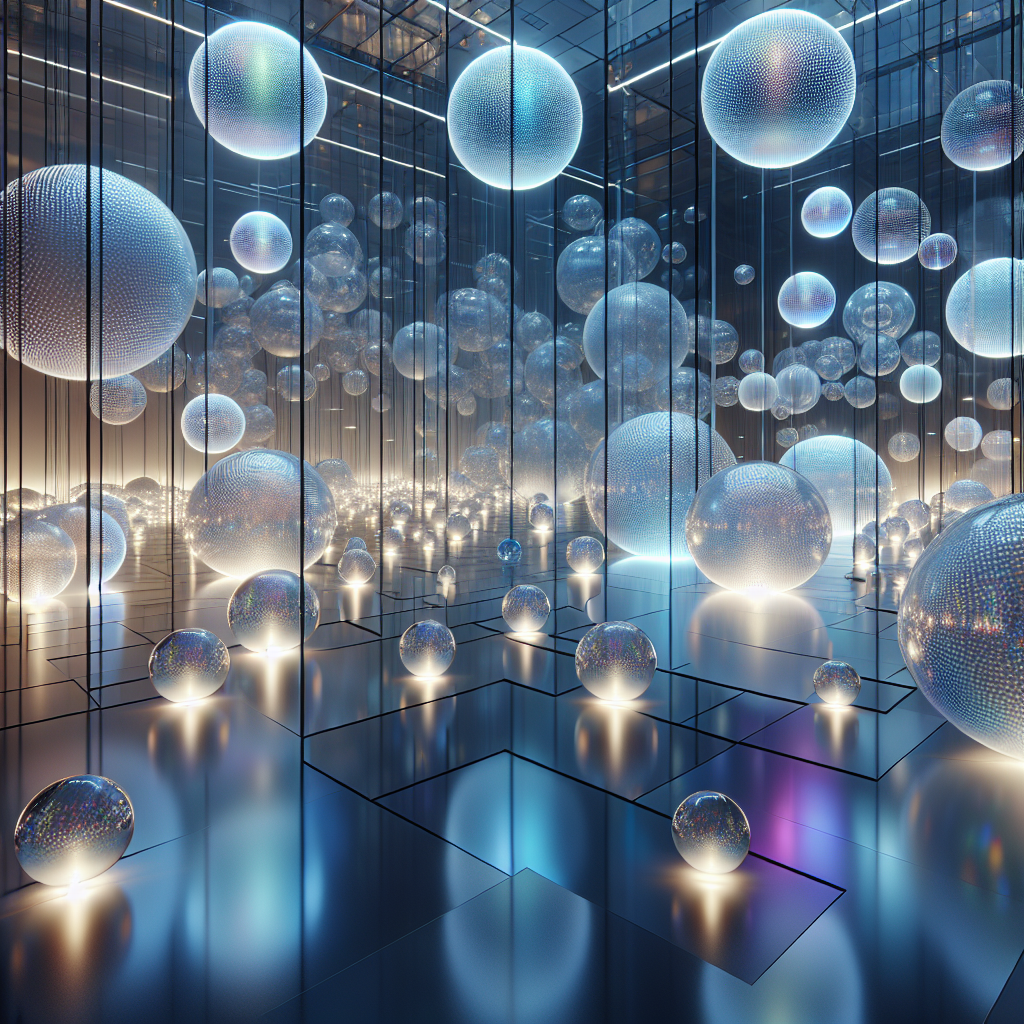Ceramics in motion: kinetic porcelain installations for interactive galleries
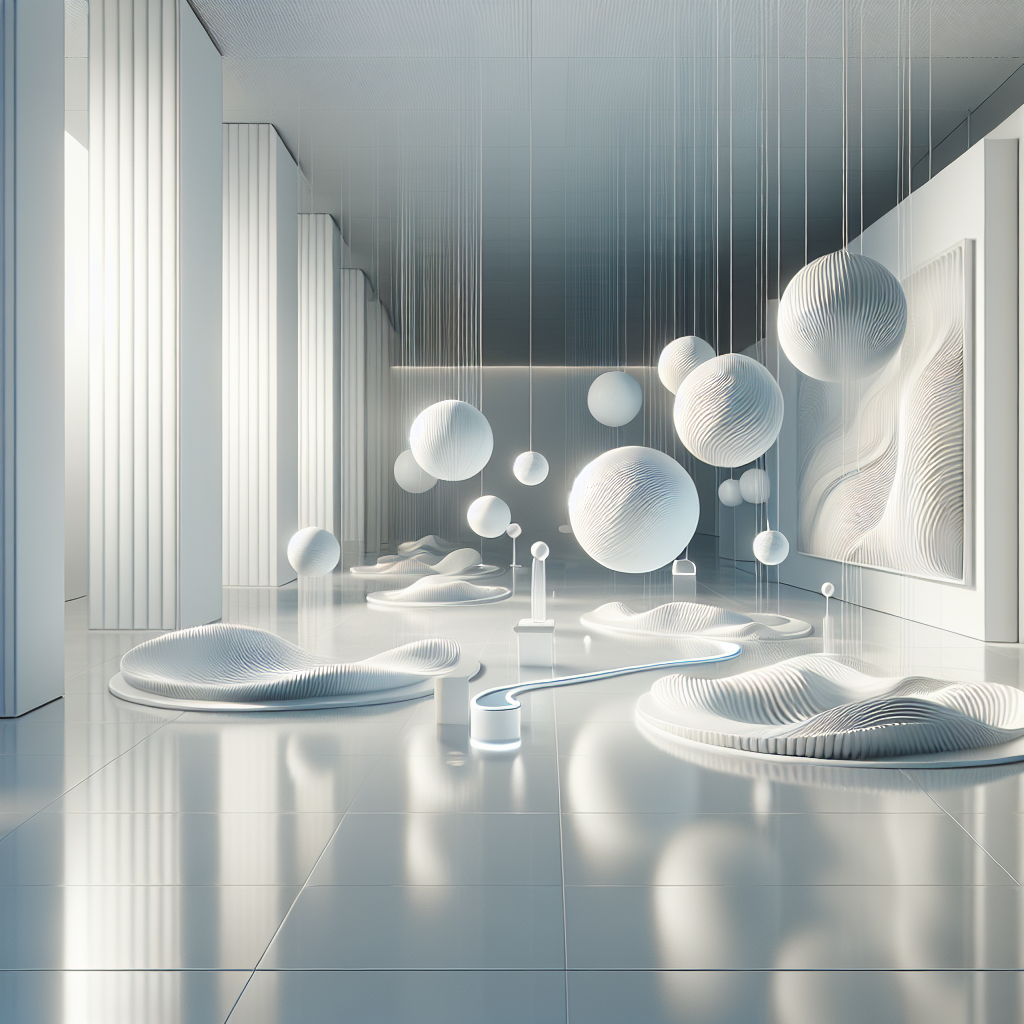
Ceramics in Motion: Kinetic Porcelain Installations for Interactive Galleries
In the hushed, white-walled sanctuaries of contemporary galleries, a quiet revolution is taking place. Porcelain—long revered for its fragility and stillness—is being reimagined as a medium of movement, sound, and interaction. Through the fusion of traditional ceramic craftsmanship and cutting-edge kinetic engineering, artists and designers are creating kinetic porcelain installations that respond to touch, light, and even breath. These works transform the gallery experience from passive observation into a multisensory dialogue, positioning ceramics not as static artifacts but as living, evolving presences.
The Evolution of Ceramics: From Stillness to Motion
For centuries, porcelain symbolized permanence and perfection. Its translucent whiteness, first mastered in imperial China, was prized for its purity and immutability. Yet, in the 21st century, this very stillness has become a point of creative tension. Artists are now exploring how the material’s delicate balance between strength and fragility can be animated—literally—through motion. The result is a new typology of interactive ceramic art that bridges craft and technology.
The shift mirrors broader trends in design and architecture, where movement and adaptability are increasingly central. Just as kinetic facades have transformed buildings into responsive organisms, kinetic ceramics are redefining how we engage with sculptural and spatial art. These installations challenge the traditional hierarchy between viewer and object, turning observation into participation.
Material Intelligence: The Science Behind Kinetic Porcelain
Porcelain’s responsiveness to temperature, humidity, and light makes it an unexpectedly dynamic material. When paired with mechanical actuators, sensors, or shape-memory alloys, it becomes capable of subtle movement—petal-like openings, gentle rotations, or rippling surfaces that seem to breathe. This intersection of material intelligence and engineering recalls the principles of kinetic art pioneered by artists like Alexander Calder, yet with a distinctly contemporary, digital twist.
In many installations, motion is not imposed upon the porcelain but emerges from its intrinsic properties. Thin porcelain sheets, for instance, can flex minutely when heated or cooled, creating organic undulations. When these natural reactions are harnessed through computational modeling—a process akin to parametric design—the results are both precise and poetic. The porcelain seems to possess its own rhythm, responding to environmental cues with quiet grace.
Case Studies: Living Ceramics in Contemporary Galleries
One of the most compelling examples of kinetic porcelain in recent years is the installation “Whispering Tiles” by Japanese artist Yuki Matsuda. Comprising hundreds of wafer-thin porcelain discs suspended from fine steel threads, the piece reacts to ambient sound. As visitors speak or move, the tiles tremble and shift, creating a shimmering acoustic landscape. The installation blurs the line between sculpture and instrument, its motion amplifying the spatial awareness of the viewer.
In Europe, the London-based studio Atelier Flux has developed a series of interactive porcelain walls for museums and design fairs. Their project “Resonant Skin” integrates micro-sensors beneath porcelain panels that respond to touch. When a visitor’s hand glides across the surface, the panels tilt and realign, forming a wave-like motion that travels across the wall. The tactile experience recalls the responsive architecture explored in responsive design, yet distilled into the intimacy of a single gesture.
Meanwhile, in Copenhagen’s Designmuseum Danmark, a collaboration between ceramicist Anja Bache and robotic engineer Mikkel Holm has yielded “Porcelain Pulse,” a kinetic sculpture that mirrors human heartbeats. Visitors place their hands on a sensor, and the porcelain structure expands and contracts in rhythm with their pulse. The piece underscores the human connection at the core of kinetic ceramics: a dialogue between the living body and the seemingly inert material.
Craft Meets Code: The Digital Renaissance of Porcelain
The rise of digital fabrication has played a pivotal role in this new movement. Artists now use 3D printing to create porcelain components with micro-level precision, allowing for complex geometries that would be impossible by hand. The technique, explored in projects like ceramic parametrics, merges the algorithmic with the artisanal. The result is a new aesthetic language—one that celebrates both the algorithmic logic of code and the tactile imperfection of clay.
These digitally informed processes also enable sustainability. Porcelain, when produced with local clays and low-waste casting methods, aligns with the growing movement toward circular design. Kinetic installations often use modular systems that can be reconfigured or recycled, extending their lifecycle and reducing environmental impact. This convergence of craft, technology, and ecology reflects a broader cultural shift toward mindful materiality.
Designing for Interaction: The Gallery as a Living System
Interactive galleries are no longer neutral containers for art—they are dynamic ecosystems that respond to human presence. Kinetic porcelain installations embody this transformation. Their subtle movements invite touch, curiosity, and contemplation, transforming the visitor from spectator to participant. In this sense, they align with the experiential ethos of interactive installations, where design becomes a form of storytelling.
Lighting plays a crucial role in these environments. The translucency of porcelain allows it to absorb and refract light in mesmerizing ways. As kinetic elements shift, they cast moving shadows and glimmers across walls and floors, creating a choreography of illumination. The interplay of light and motion evokes the principles of Op Art, yet with a tactile, material presence that grounds the experience in the physical world.
Beyond Aesthetics: Emotional and Spatial Resonance
What distinguishes kinetic porcelain from other interactive media is its emotional subtlety. The material’s fragility evokes vulnerability, while its movement suggests vitality. This duality resonates deeply with audiences, offering a meditative counterpoint to the overstimulation of digital culture. In many ways, these installations act as emotional architectures—spaces that breathe, listen, and respond.
Architects and curators are increasingly recognizing the potential of kinetic ceramics to shape spatial atmospheres. In adaptive museums and wellness-oriented environments, such installations can modulate acoustics, guide circulation, or even influence mood. The slow, rhythmic motion of porcelain panels can induce calm, echoing the principles of biophilic design explored in biophilic design and its impact on human health and well-being. Here, movement becomes not a spectacle but a form of care.
The Future of Kinetic Ceramics
As the boundaries between art, design, and architecture continue to blur, kinetic porcelain stands at the forefront of a new material paradigm. It embodies the synthesis of tradition and innovation—where ancient craftsmanship meets algorithmic intelligence. The next frontier lies in integrating these systems into architectural contexts: façades that shift with sunlight, interior partitions that breathe with humidity, or floors that respond to footsteps, as seen in emerging kinetic tile floors.
Research into smart ceramics—materials embedded with conductive particles or piezoelectric sensors—suggests that porcelain could soon become an active interface within built environments. Imagine a museum wall that subtly ripples as visitors pass, or a porcelain ceiling that adjusts its curvature to enhance acoustics during performances. These are not distant fantasies but tangible evolutions already being prototyped in design labs across Europe and Asia.
A New Poetics of Motion
Kinetic porcelain installations invite us to reconsider the relationship between stillness and movement, fragility and resilience, tradition and technology. They remind us that innovation need not abandon heritage; it can emerge from reinterpreting it. In the gentle sway of a porcelain petal or the trembling shimmer of a ceramic wave, we glimpse a future where design breathes—quietly, gracefully, and in rhythm with the human touch.
In this evolving dialogue between material and motion, ceramics are no longer silent. They whisper, hum, and move—transforming galleries into living, responsive spaces that redefine what it means to experience art in motion.
Keywords: kinetic porcelain installations, interactive ceramics, ceramic
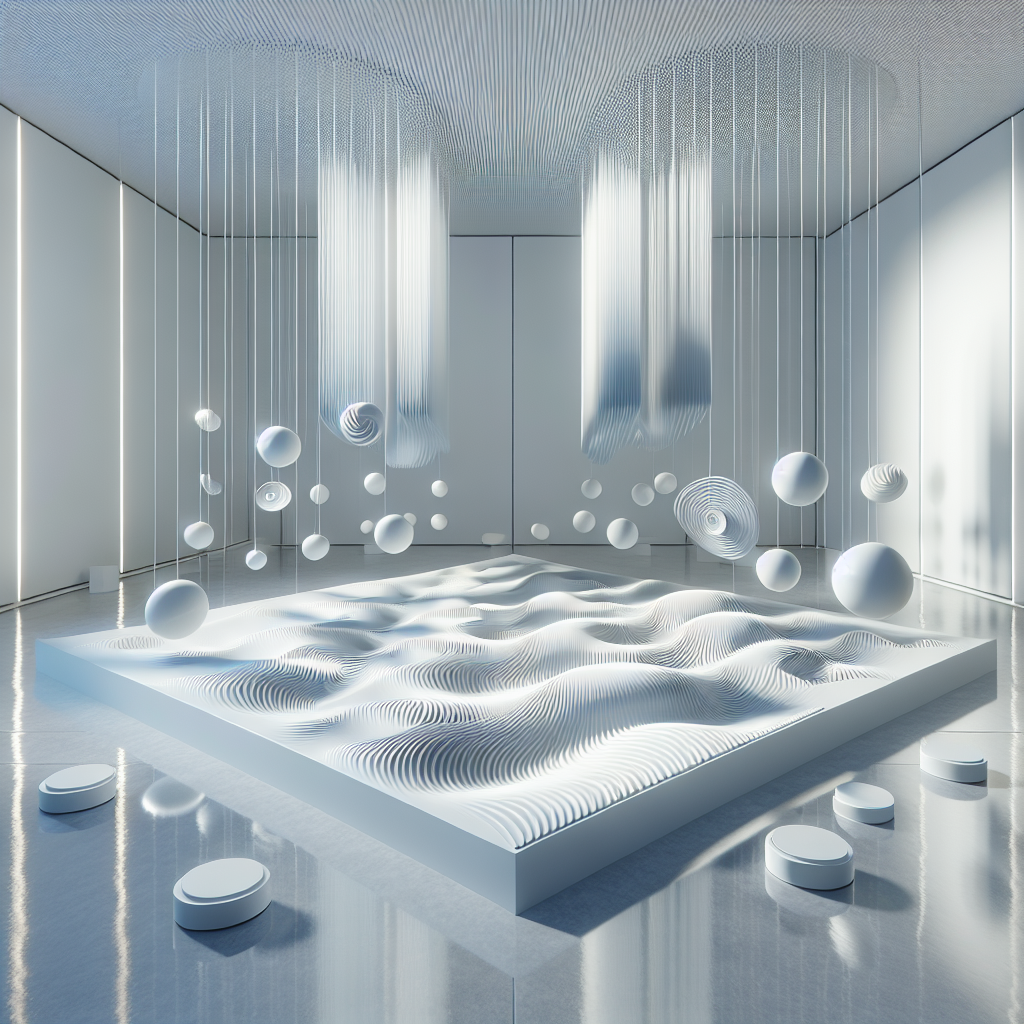

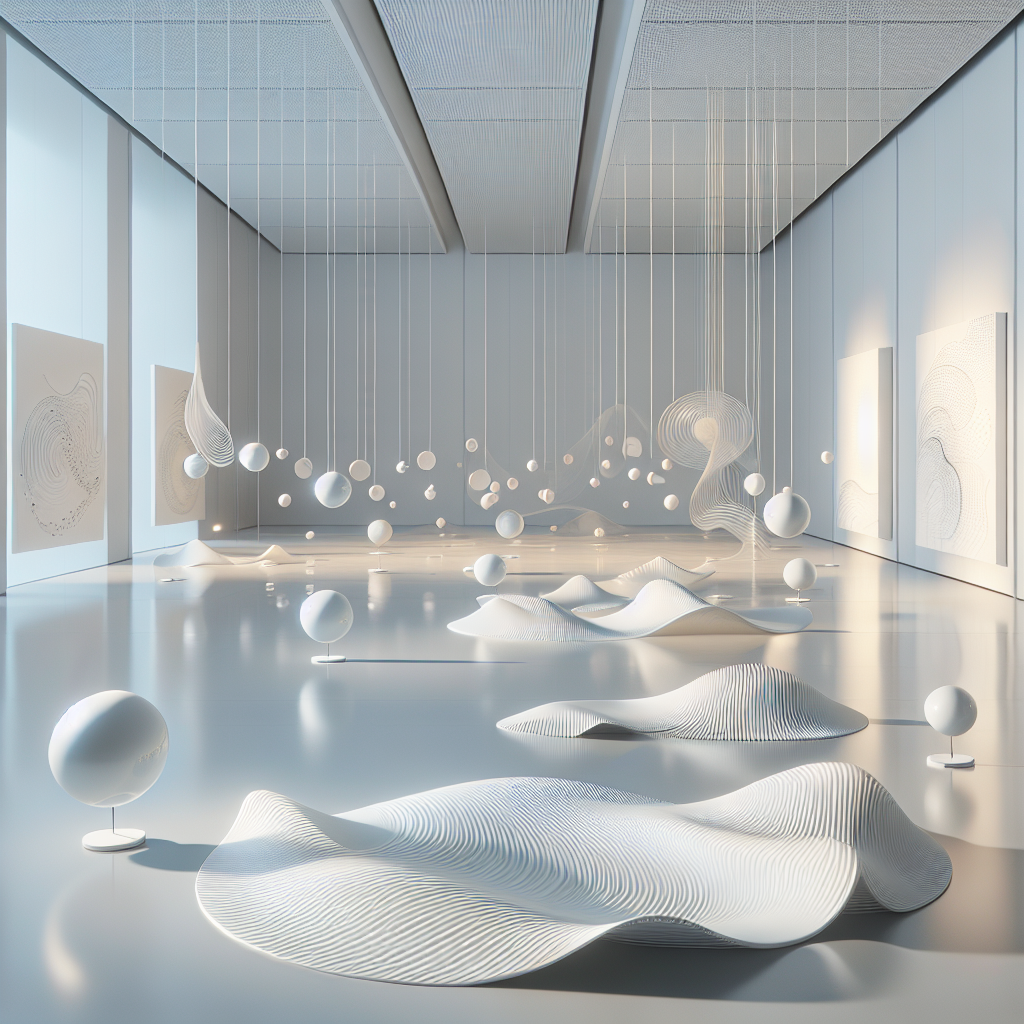
❮
❯


